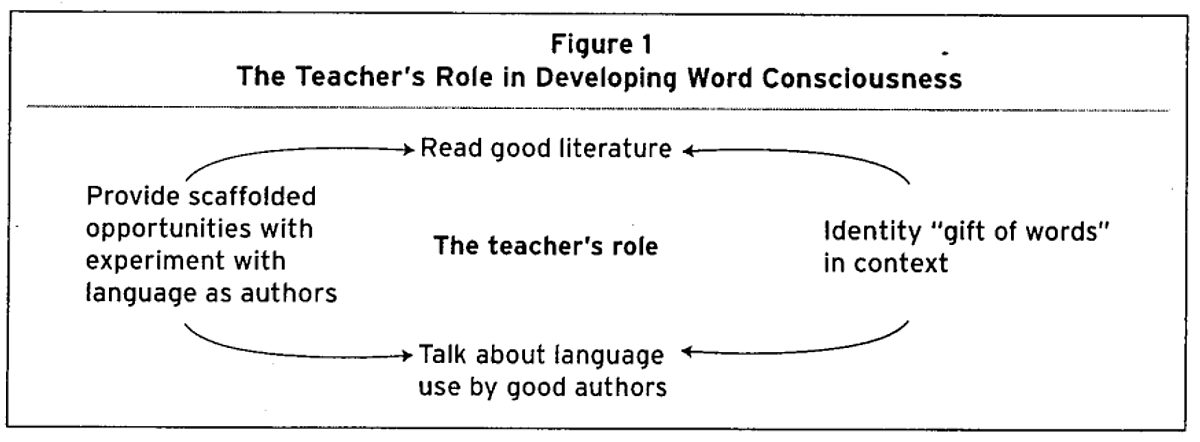Last week the Manaiakalani COL teachers shared the impact of their 2023 Teacher Inquiry. The link to all the inquiry bursts can be found here.
Here is my journey...
Here’s a question that frustrates me each time I mark easttle writing samples… Why have you used that word? Yes, the words change, but the question stays the same.
We model, unpack and provide rich opportunities for a wide variety of vocabulary to be explored and used, yet at the end of 2022 and again at the start of this year, most of my learners reverted back to using simple everyday words in their independent writing. I thought this was the catalyst for the low vocabulary and spelling scores. Scores, I thought, we could improve with a concentrated focus on spelling conventions and rules.
The time point 1 data analysis showed that my learners were using words they could spell, instead of the words they wanted to use, but couldn’t spell.
However, as we all know, some ideas don’t go the way you want them to. I thought, if we knew how to spell the words, we would use them. Wrong! Yes my learners could easily spell and define the vocabulary we explored in class, but unless directed to, simply did not use them.
This all changed when Dr Jacinta Oldehaver sent me a professional reading that unpacked the word gifting journey Sylvia Ashton Warner had been on many years before me. In a nutshell, what began as a focus on spelling conventions and rules, quickly morphed into an inquiry into word consciousness which involved my learners being aware of new words, their meanings, and how these words are used.
My students were conscious of the words they were meeting in their T shaped literacy units because they owned them. When I say owned them, it is because I physically gifted them a word each. A word on a square of paper that they had to keep alive by looking after them and bringing with them physically, to each literacy lesson.
The motivation to learn these words, and more importantly use them in context came through daily challenges that as a group they were expected to meet. Who would have ever thought these small squares of paper would encourage 15 students to make sure each word had been used by its owner twice each lesson! This group knew when a word had only been used by it’s owner once, and got very creative in their ways to ensure the daily target had been met. Intrinsic motivation at its best.
Ironically I started hearing these words used in discussions across the curriculum and noticed they were spelt correctly when used in written responses, which was something we never actually focused on.
The inclusion of these words in the T4 easttle writing samples resulted in a noticeable change in vocabulary and spelling scores when time point 2 data was analysed. Student voice collected at both time points shows the fear of making a mistake remains the biggest hurdle. However for these students, the journey towards overcoming this has begun.
The most important learning I made in regards to fostering a culture of word consciousness, is that sometimes things don’t go to plan so don’t be afraid to start again if it all goes wrong. Drive the change and find ways to give your students ownership of the change you want to effect by making it purposeful and fun.



